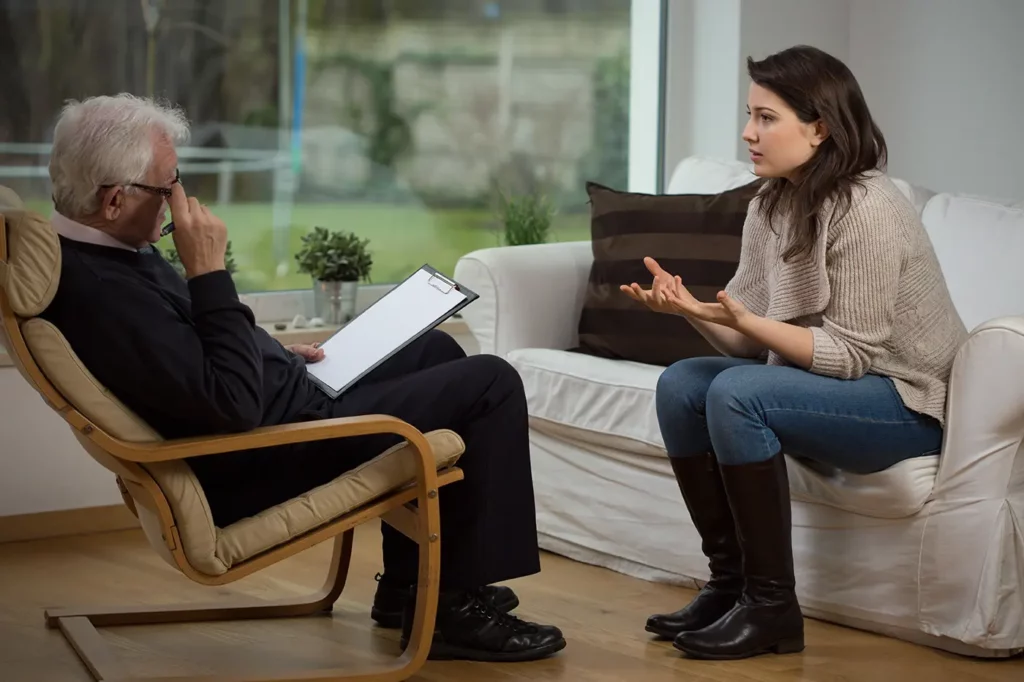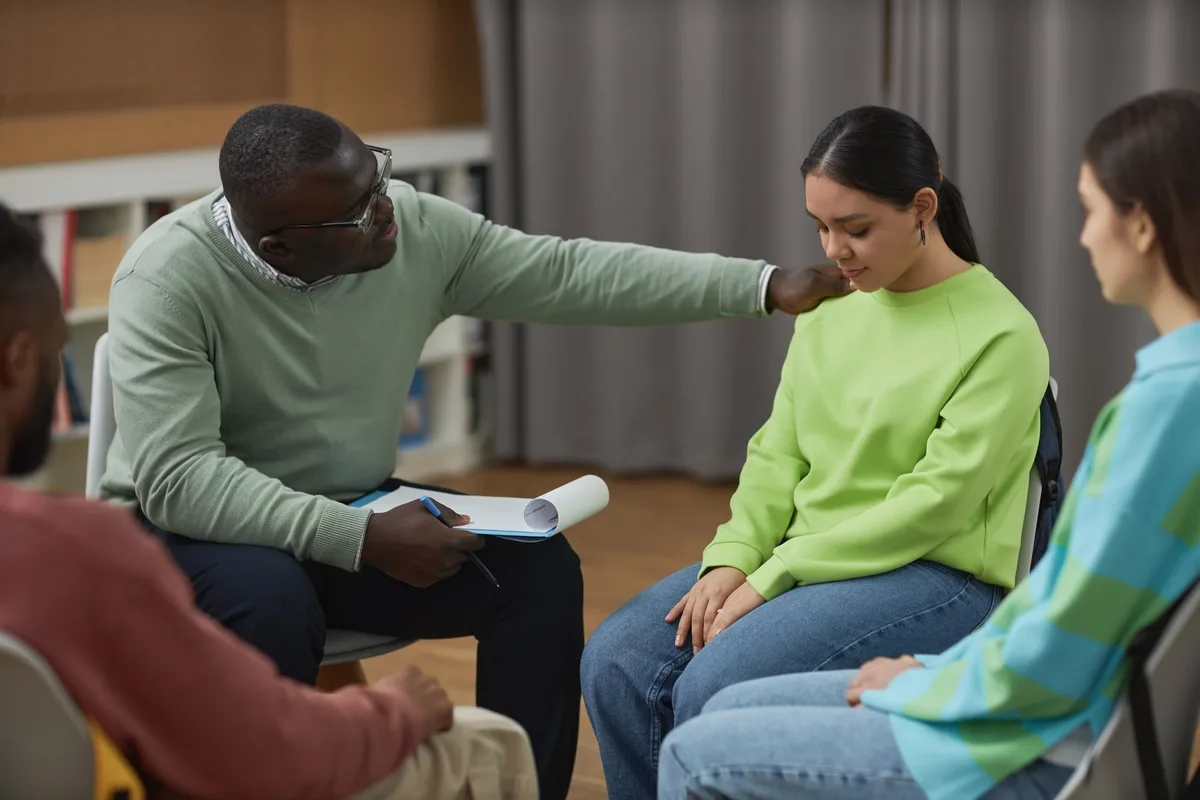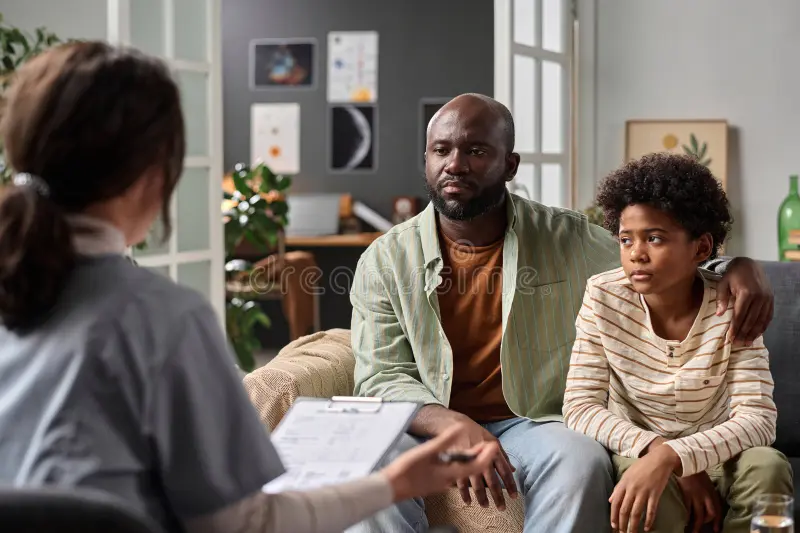24/7 Helpline:
(866) 899-221924/7 Helpline:
(866) 899-2219
Learn more about 90 day Rehab Program centers in Bowling Green

Other Insurance Options

Sutter

UMR

Coventry Health Care

Magellan

Health Net

American Behavioral

State Farm

MVP Healthcare

Carleon

Molina Healthcare

CareFirst

GEHA

BHS | Behavioral Health Systems

Health Partners

CareSource

Regence

BlueShield

Holman Group

Humana

BlueCross










